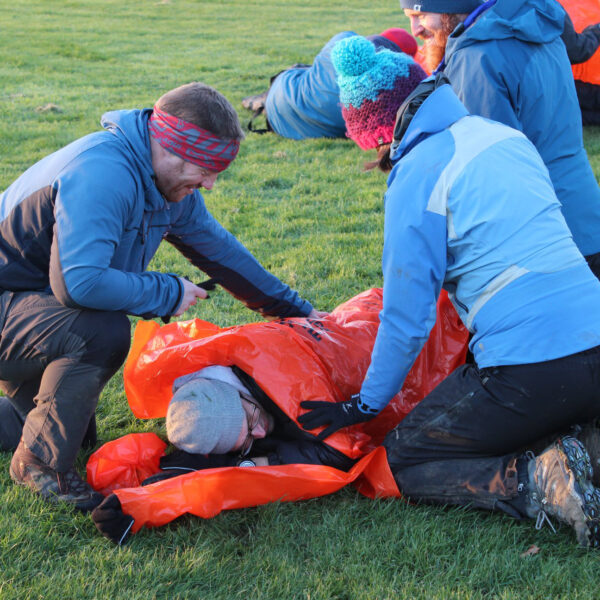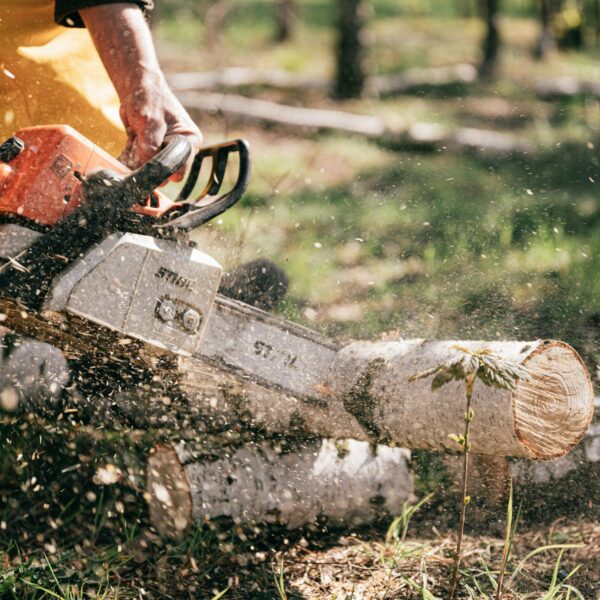Remember Remember the 5th of November
We are approaching that time of year when the sound and smell of fireworks become commonplace. Many of you will attend public displays that are well organised and conducted in a safe and responsible manner. Others may hold private events with neighbours and usually with a lack of thought for safety.
Public displays are by far the safest way to enjoy bonfire night and fireworks. However, should you have the desire to hold a private event remember fireworks can be dangerous and need to be handled with care. Even when people intend to use fireworks responsibly, there are many accidents every year resulting in some horrific injuries.
Over 550 children under 16 are taken to A&E in the four weeks surrounding bonfire night alone. The British Association of Plastic, Reconstructive and Aesthetic Surgeons (BAPRAS) have called for packaging to feature graphic images of potential injuries. The British Burns Association (BBA) also believes mandatory graphic warning images and plain packaging for fireworks will help warn of potential injuries at the point of use and discourage misuse.
The Children’s Burns Trust predicts that about 500 children and their families will join the growing number of people who will remember bonfire night for the wrong reasons, having been injured as a result of an accident with fireworks.
The most common injuries on Bonfire Night are burns, debris in the eye from the bonfire or from fireworks and smoke inhalation.
By putting in place a few necessary precautions you can dramatically reduce the risk of accidents happening.
Make sure you know where your first aid kit is and that it is functional
Have a bucket of sand to put out fireworks safely, easy access to plenty of water and a fire blanket
sterile saline to irrigate eyes if sparks get into them, (should be in your first aid kit).
There is no doubt that the safest way to enjoy fireworks would have been to attend an organised, regulated display, however if you are planning to host a firework display in your home be sure to follow the Fireworks Code. Remember also that of 90% of firework parties held at home, alcohol is present. Therefore, ensure that the person responsible for the bonfire and setting off the fireworks has not been drinking.
Vital tips to remember:
Never return to a firework that has not gone off and keep everyone, especially young children far away from the site of ignition.
Only buy fireworks that conform to British Standard number (BS 7114)
Ensure they are suitable for the size of your garden.
Keep your fireworks in a closed metal box and then remove them one at a time. Never keep them in your pocket.
Read the instructions on the firework by torchlight not by naked flame.
Light fireworks at arm’s length, using a taper.
Have a rigid board or base for flat-bottomed fireworks.
Don’t return to a lit firework.
Never throw a used firework on the bonfire.
Direct any rockets well away from spectators.
It is illegal to set off fireworks (including sparklers) between 11pm and 7am with exceptions being: Bonfire Night, up until midnight and New Year’s Eve, Diwali and Chinese New Year, up until 1am.
Follow the guidance of your local council as the rules may differentiate depending on your area.
It is illegal for anyone below the age of 18 to buy fireworks
Bonfires
Build the bonfire away from buildings, trees, wooden fences and children’s play areas. Ensure you build the bonfire with a stable base and don’t light the bonfire with paraffin or petrol. Always check the bonfire for hiding pets or wild animals before it is lit. Make sure the fire is properly out and put water on the embers and just in case have water readily on hand for any accidents.
Sparklers
Sparklers are often perceived as ‘safe fireworks’, however they can get up to six times as hot as a pan of cooking oil or as hot as a welder’s torch so have the potential to cause some serious damage.
Children under 5 years old should not use sparklers and children older than this should be supervised at all times, ensuring they remain a safe distance away from others.
Be particularly careful with children in fancy dress, as costumes are rarely fire resistant.
Sparklers should be lit one at a time and you should always wear gloves.
Never run with sparklers and make sure you don’t wave them too close to others.
Hold the sparklers horizontally as far away from your face and body as possible.
Put used sparklers in a bucket of cold water or sand.
No matter how careful or prepared you are, injuries can still happen. The following first aid advice covers the most common eventualities.
First Aid for Burns
If the affected area is larger than the size of the casualty’s hand, you should phone for an ambulance immediately.
Hold the affected area under cold, running water for a full 20 minutes. Take special care if the burn is on a young child or an elderly person. All deep burns of any size will require urgent hospital treatment. Once the burn has been cooled for at least 20 minutes, cover the burn with cling film, burn dressing or if the burn is on a hand, it can be inserted into a sterile plastic bag. Never rush to dress a burn. The most important treatment is to cool the burn under cool running water.
If clothing is on fire:
Remember STOP, DROP, WRAP and ROLL
Stop the person whose clothing is on fire from panicking or running – any movement or breeze will fan the flames causing them to spread.
Drop the casualty to the ground and wrap them in a blanket, coat, or rug. Ensure they are made from inflammable fabrics such as wool.
Roll the casualty along the ground to smother the flames.
Severe burns
A severe burn exposes the casualty to a greater risk of infection and shock.
Immediately instruct a helper to dial 999 or 112 for an ambulance
Start cooling the burn immediately under cool running water. Alternatively, use a shower or hose if the burns are large. Keep cooling the burn while waiting for professional help to arrive.
Cool the area for a full 20 minutes. Ensure you are cooling the burn and not the casualty – keep surrounding areas as warm and dry as possible.
Make the casualty as comfortable as possible, if appropriate, lie them down and elevate their legs.
Whilst it cools, remove any constricting items such as jewellery or clothing, from the affected area (which may swell), unless they are stuck to the burn.
Always wear sterile disposable gloves if available.
For all burns, never:
touch the burn
use lotions, ointments or creams
use adhesive dressings
pop or puncture blisters
Support the Children’s Burn Trust and find out more about how you can spread the word and reduce the devastating number of burns and scalds in children.
Smoke inhalation
If someone’s inhaled smoke fumes:
Move them away from the smoke so they can breathe in some fresh air.
Help them sit down in a comfortable position, then loosen any tight clothing around their neck to help them breathe normally.
If they don’t recover quickly, call 999/112 for an ambulance.
Eye injuries
It is possible for debris and sparks from the fireworks to land in the eye and cause extreme discomfort. Always wash your hands thoroughly or wear sterile gloves before touching the affected area.
Open the casualty’s eye and look carefully for anything present or embedded.
Then, if you can see an object moving freely in the eye, use sterile eyewash and gently irrigate the eye to remove it.
Seek medical advice if the casualty is still in pain or discomfort. We advise that everyone attends a practical first aid course to understand what to do in a medical emergency.
Good to know
If you suffer from heart problems, bronchitis, asthma or other breathing problems, you might be better off watching the fireworks from indoors. Also, anyone suffering from Post-Traumatic Stress Disorder (PTSD) might find the noise, sight and smell of fireworks can trigger stressful memories of conflict. Most pets, birds and animals find fireworks extremely distressing.
About us
Quantum First Aid Training provides first aid training tailored to your needs – Please visit our website and learn more about our practical and innovative courses. It is also vital to keep your skills current and refreshed.
You can attend a fully regulated Practical First Aid course to understand what to do in a medical emergency. Please visit www.quantumfirstaid.co.uk or contact us at kevin@quantumfirstaid.co.uk for more information about our courses.
Quantum First Aid Training is a fully regulated first aid training provider. Our instructors are very experienced practitioners and cover the full spectrum of first aid courses currently available. We provide courses for groups and individuals at our training places or your place of work.
Quantum First Aid Training provides the above information for guidance and it is not in any way a substitute for medical advice. Quantum First Aid Training is not responsible or liable for any diagnosis made, or actions taken based on this information.
Courses we offer:
- All
- First Aid in the Workplace
- Outdoor First Aid Courses



